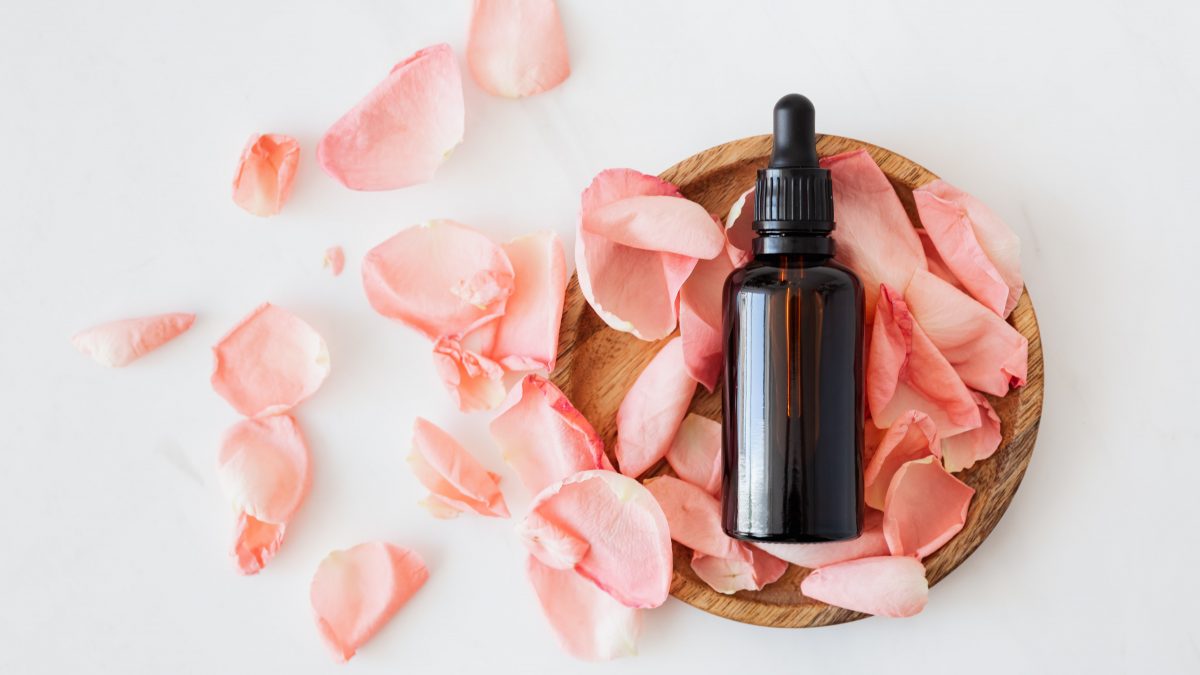Essential Oils: What are they? Which ones are the most popular?
Essential Oils: What are they? Which ones are the most popular?

Currently there is a trend for the use of essential oils in cosmetics, creams and flavorings. Have you ever wondered what each essential oil is for? Don’t be left in doubt!
What are essential oils?
These are highly aromatic, oily and volatile concentrates that come from plants, seeds, bark, roots, flowers and leaves. They are commonly used due to their therapeutic properties.
How are they used?
Essential oils can be used cutaneously (affecting the skin), olfactory and sometimes orally. It is important to read any of these products instructions because some essential oils are highly concentrated, and therefore your skin may need you to combine it with some “vehicle ingredient”, such as almond oil.
What are the most popular essential oils?
• Lavender essential oil: Floral scent that is known to promote a better mood and relaxation. In addition, it is commonly used to help you fall asleep and decrease anxiety.
• Ylang Ylang essential oil: This essential oil has an aroma with sweet notes that is traditionally used for its relaxing properties and to promote a better mood.
• Mandarin essential oil: Citrus aroma that promotes a state of relaxation. Some articles have highlighted the positive impact that this essential oil has on oily skin and in the treatment of acne.
• Mint essential oil: It has a refreshing aroma that promotes better concentration and a feeling of well-being. Some people have even indicated that it helps them increase performance in their daily activities.
• Lemon essential oil: Citrus aroma that promotes a feeling of well-being, improves mood and helps reduce fatigue.
• Tea Tree essential oil: Intense clean aroma, with antimicrobial, healing, anti-inflammatory and antiseptic properties. It is traditionally used to treat insect bites and as a supplement to your skin care routine.
• Eucalyptus essential oil: It has a fresh aroma that promotes vitality and the feeling of well-being in the individual.
Wow! There is certainly a wide variety of essential oils with multiple functions. Which one would you like to try
Author: Nerissa Álvarez
Review: Betzabe Guido
References
Battaglia, S. (2003). The complete guide to aromatherapy (pp. 1-602). International Center of Holistic Aromatherapy.
Dufort, J. (2017). Essential oils: A practical guide to know the properties of essential oils and their applications. Robinbook.
Fajardo Hurtado, L. Y. (2018). Effect of essential oils on the emotional symptoms of anxiety, depression and stress a literary review.
Fonseca-Santos, B., Pacheco, C. D. N., Pinto, M. C., & Chorilli, M. (2019). An effective mosquito-repellent topical product from liquid crystal-based tea tree oil. Industrial Crops and Products, 128, 488-495.
Gómez, J. S., & Serrano, D. M. (2019). Evaluation of the antimicrobial activity of the Hydroalcoholic extract of feverfew Chamomilla in combination with the Essential oil of melaleuca alternifolia against the strain of streptococcus sanguinis, a bacterium associated with chronic periodontitis and halitosis.
Martínez, A. (1996). Essential oils. J. Nat. Prod, 59 (1), 77-79.
Moreno Muñoz, G. Y. (2018). Quality plan in an innovation that develops the microencapsulation process based on eucalyptus essential oil, in cotton fabrics.
Tan, L. T. H., Lee, L. H., Yin, W. F., Chan, C. K., Abdul Kadir, H., Chan, K. G., & Goh, B. H. (2015). Traditional uses, phytochemistry, and bioactivities of Cananga odorata (Ylang-Ylang). Evidence-Based Complementary and Alternative Medicine, 2015.
Wilson, A. (2018). The Alchemy of Essential Oils: A Complete Book of Essential Oils and Aromatherapy. Babelcube Inc ..
As a result, the medical information provided in the site which you are going to visit may not be appropriate for product use in your country.
